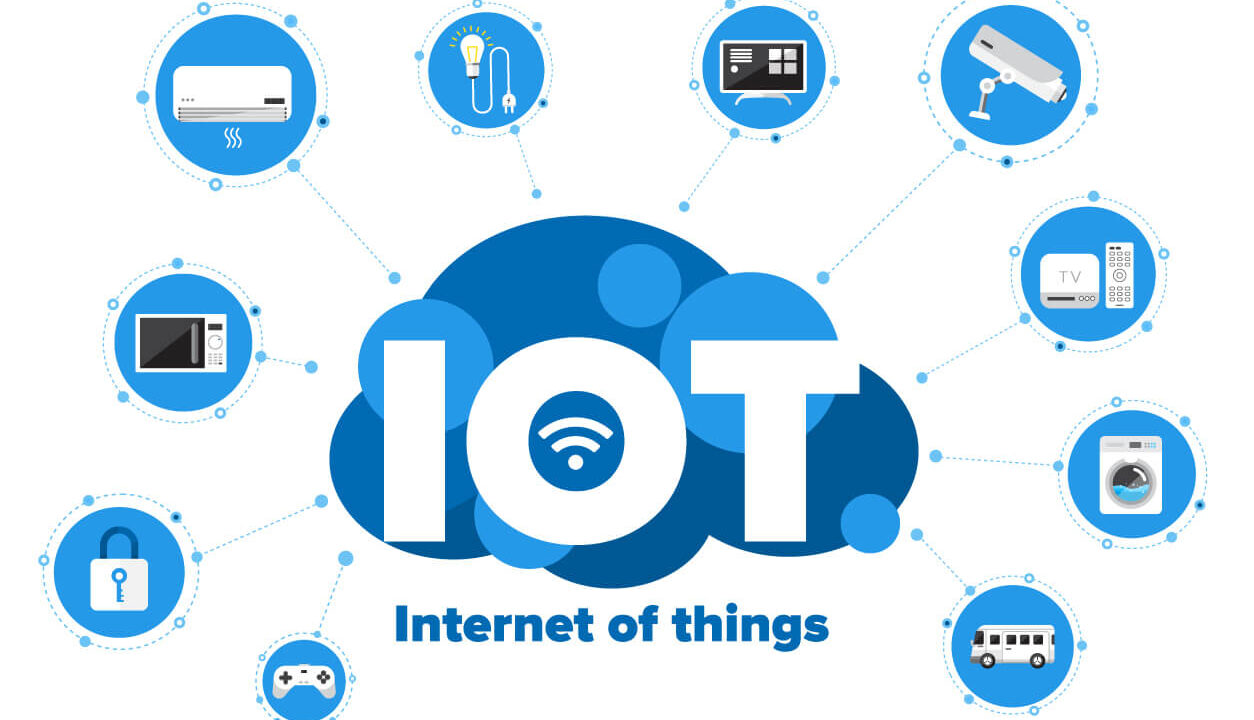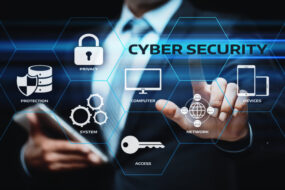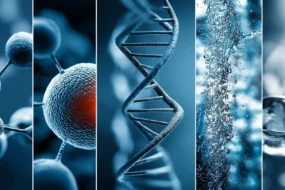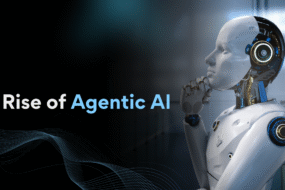Introduction
IoT is a network of physical objects embedded with sensors and software that allow them to connect, communicate, and exchange data over the internet. From smartwatches to city-wide traffic systems, billions of “smart” objects are already shaping the way we live and do business. In this article, we’ll explore what IoT is, how it works, where it’s applied, its benefits and challenges, and what the future may hold for this fast-moving technology.
What Is IoT?
The Internet of Things can be understood as a system of interrelated devices, machines, or objects that have unique identifiers and the ability to transfer data over a network without requiring human interaction. In everyday terms, IoT turns ordinary objects into “smart” devices that can sense, process, and act on information.
How IoT Works
- Devices: Physical items such as thermostats, vehicles, or wearables include sensors and microcontrollers.
- Connectivity: Devices connect through Wi-Fi, Bluetooth, cellular networks, or specialized protocols.
- Data Processing: Collected data is analyzed in the cloud or at the edge for speed and reliability.
- Action: Insights trigger outcomes, adjusting temperature, alerting a clinician, or rerouting traffic.
Brief Evolution
Machine-to-machine communication has roots in the late 20th century with technologies like ATMs and RFID. The modern surge of IoT followed advances in wireless networking, low-cost sensors, and cloud computing, enabling everyday items to connect at scale.
Applications of IoT
Smart Homes
Smart speakers, security systems, lighting, and connected thermostats bring convenience, safety, and energy savings. A learning thermostat, for example, adapts to your schedule to optimize heating and cooling while reducing utility costs.
Healthcare
Wearables track heart rate, sleep, and activity; remote patient monitoring supports early intervention for chronic conditions. Telemedicine platforms leverage connected devices to extend care beyond the clinic, improving outcomes and patient satisfaction.
Industry & Business
In manufacturing, IoT enables predictive maintenance that prevents costly downtime. Supply chains gain end-to-end visibility through sensors that track location, temperature, and handling, helping companies reduce waste and improve quality.
Smart Cities
IoT helps cities manage traffic flow, optimize waste collection, conserve energy with smart meters, and monitor environmental conditions. These systems make urban life more efficient, sustainable, and responsive to residents’ needs.
Agriculture
Precision agriculture uses soil sensors, autonomous equipment, and weather stations to tailor irrigation and fertilization. Farmers conserve water, reduce inputs, and increase yields by acting on real-time field data.
Benefits of IoT
- Efficiency & Automation: Routine tasks are automated so people can focus on higher-value work.
- Cost Savings: Predictive maintenance and smart energy management cut operational expenses.
- Better Decisions: Real-time data and analytics guide faster, more accurate choices.
- Convenience & Safety: From medical wearables to smart locks, connected systems improve daily life.
Challenges & Concerns
- Security & Privacy: Each device can become an entry point for attackers, making strong security and governance essential.
- Data Overload: Organizations must store, process, and derive value from massive data streams.
- Implementation Costs: Hardware, software, and integration require upfront investment.
- Compatibility & Standards: Interoperability across vendors and ecosystems remains a hurdle.
The Future of IoT
Analysts project tens of billions of connected devices by the end of the decade, expanding IoT’s reach into transportation, energy, and personalized medicine. Two technologies will accelerate this growth:
- Artificial Intelligence (AI): Models running in the cloud or at the edge transform raw sensor data into timely, actionable insight.
- 5G Connectivity: High throughput, low latency, and dense device support unlock use cases like autonomous mobility and real-time clinical monitoring.
A hyperconnected world is forming where homes, workplaces, and cities operate as responsive systems. Realizing this vision requires robust security, shared standards, and equitable access to the benefits of connectivity.
Conclusion
The Internet of Things is no longer theoretical. It powers smart homes, enables remote healthcare, streamlines factories, and helps cities operate more intelligently. While security, interoperability, and cost remain real challenges, the momentum behind IoT is reshaping how we live and work. As IoT becomes the backbone of innovation, the question is not whether it will affect your life, but how soon and in what ways.
FAQ: Internet of Things
What does IoT mean in simple terms?
IoT stands for the Internet of Things. It refers to everyday objects like appliances, cars, and devices being connected to the internet so they can share data and work more intelligently.
Is IoT secure?
While IoT offers many benefits, it also introduces security risks. Each connected device can be a potential entry point for cyberattacks, making strong cybersecurity measures essential.
What is an example of IoT in daily life?
A smart thermostat that adjusts temperature based on your routine or a smartwatch that monitors your health are common examples of IoT in action.
How will IoT change the future?
IoT is expected to power innovations like autonomous vehicles, smart cities, and advanced healthcare monitoring, making everyday life more efficient and connected.









No Comments